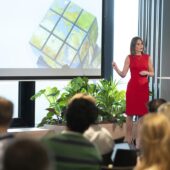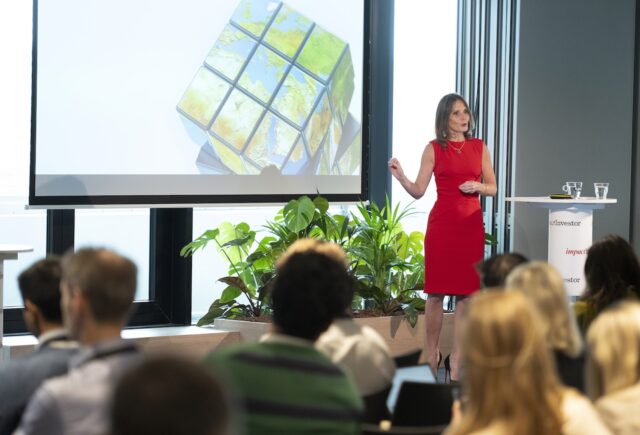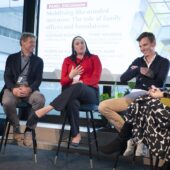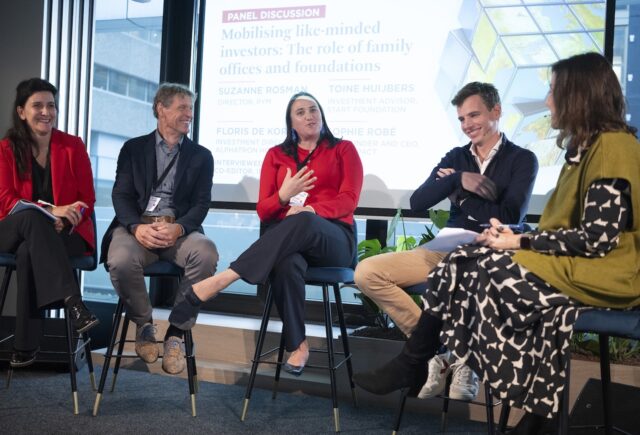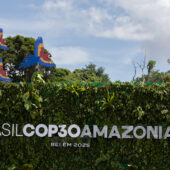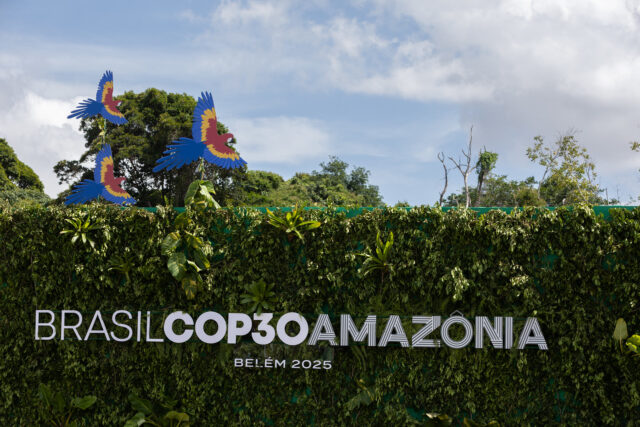Why dump or burn waste when you can upcycle it? The trick is finding how to match waste-makers with waste-users efficiently. Tech start-up Seenons thinks it has the solution.

To Seenons, waste is fundamentally a mistake, a misnomer, a missed opportunity to give materials a second life and, well, help the planet. A noble idea but how can these self-declared ‘waste warriors’ undo centuries-old consumption habits?
Despite global efforts, the amount of waste we produce and incinerate continues to rise. Some 70% of emissions are generated during the extraction, transport and processing of materials, according to the latest Circularity Gap Report. To keep the planet in a liveable state, it points out, we need to double global circularity from 8.6% to 17%.
Buoyed by the momentum behind the circular economy – a closed-loop system for reusing natural resources – Seenons thinks it has a shot at helping Europe meet its very ambitious target of 50% fewer emissions and ensuring less waste by 2030.
Dutch tech start-up Seenons was set up in 2019 by former Boston Consulting Group consultant Joost Kamermans and platform entrepreneur Jorn Eiting van Liempt to wage war against this growing ‘waste problem’ on different fronts.
Addressing waste market inefficiencies
Today, the ‘waste market’ is vastly inefficient. Full vans drive into cities all day and drive out empty. Later, bulging garbage trucks pick up business waste, but only from addresses on their collection route. Different kinds of waste are often thrown together, making it much harder to extract valuable materials.
Flush with a €6mn second-round investment, led by Tablomonto and Capital T, Seenons is keen to further develop its technology, which matches waste-makers with waste-users, as it eyes off Benelux and the rest of Europe.
Tablomonto’s support for tech-based disruptors and founders who are shaping a better future is clear in their choice to double down on the start-up.
“The significant funding, sends a clear signal that we need to take a serious stance to structurally change processes within the current waste industry.”
Tamara Obradov
One user enters details about a waste stream into the company’s platform, another user is notified about this source. The app effectively brings stakeholders in the waste chain together. That way, bio-waste like used coffee grains can be turned into soap and orange-peel waste is transformed into orangecello, a liqueur.
All this is not theory or consultant-speak. Seenons already has eager early adopters and the new capital injection will help to scale that up and out to the rest of Europe. Kamermans explains how the upcycling works in practice.
With the help of Pantar – a social workplace in Amsterdam – leftover orange peels are collected from a restaurant and taken across town to Dik & Schil who uses them to produce the orangecello, which is then sold back to the restaurant, thus closing the loop.
“Perfect solution for inner-city locations”
Seenon’s algorithm matches criteria such as the volume and type of waste as well as the distance between the parties. The company has created a ‘ladder’ of preferred logistics modes, from cargo bikes, electric boats and electric vehicles through to old-fashioned garbage trucks for larger volumes at the edge of cities.
Reverse logistics – i.e. in this case capturing value by using vehicles already working in the area – make the transactions ecologically sound but also economically viable.
“We are the only platform that can collect fine-mesh waste-streams like this, so it’s a perfect solution for busy inner-city locations,” says Kamermans. Seenons’ technology matches the waste with localised companies to give it a second life.
Boosting circularity in this way, Seenons estimates that half a megaton of waste (about 10,000 full cargo bikes) can be re-used instead of incinerated and up to 100,000 businesses will be working towards zero waste by 2025.
Smarter logistics
Asked what happens if there is no clear match for a waste stream, he says the app uses smart logistics which, for example, tap into the existing transport network to ensure the waste is taken away in a sustainable and efficient way. Even if there are no ‘circularity options’, he explains that Seenons still helps by reducing traffic, CO2 and general congestion in cities.
The transactions brokered through the platform are local by nature, which in the Netherlands would mean within a city. But Kamermans points out that ‘local’ in a large market like the US could mean within the same State, adding that their model facilitates ecosystems working in different geographies and with different stakeholders.
The model thus works on a business and impact level. Customers benefit from smarter logistics and reduced costs. Seenons makes a margin on every transaction while improving the economics and sustainability of the waste chain.
The true battle is building flexibility into the technology for matching waste streams with waste-upcyclers and being able to scale that up so the company can make a bigger impact.
Here, there really is no time to waste, urges Kamermans.
“The climate-change clock is ticking and we want to live in a circular society as soon as possible.”
